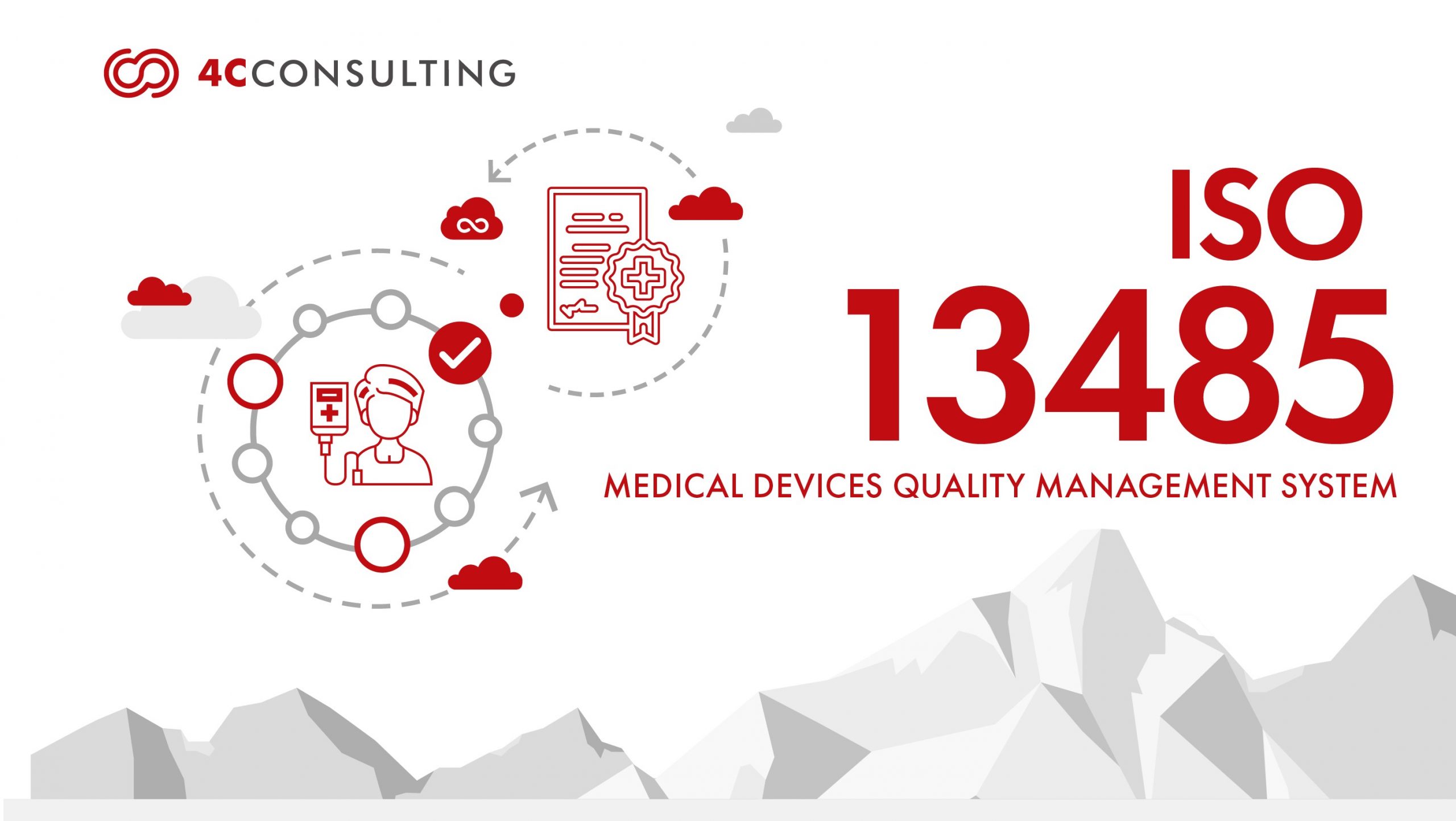
ISO 13485: Elevating Quality and Compliance in the Medical Device Industry
27th May, 2023
In the fast-paced and highly regulated world of the medical device industry, ensuring product quality, patient safety, and regulatory compliance are of utmost importance. Manufacturers and suppliers face stringent requirements to meet regulatory standards and maintain the highest levels of quality throughout the product lifecycle. One standard that holds immense significance in this industry is ISO 13485. Developed specifically for medical device manufacturers and suppliers, ISO 13485 provides a comprehensive framework for establishing and maintaining a robust quality management system (QMS).
Why ISO 13485 : 2016 ?
ISO 13485:2016 – Medical device quality Management system is the globally recognized standard for quality management systems in the medical device industry. This standard sets the benchmark for quality and safety, ensuring that medical devices are manufactured and distributed with the utmost care.
By adopting ISO 13485, manufacturers can show their commitment to the safety and efficacy of medical devices and lay a solid foundation on which to comply with the EU Medical Device Directive (MDD), the EU Medical Device Regulation (MDR), and other laws.
By implementing ISO 13485, your organization can demonstrate its commitment to providing safe and effective medical devices to patients and healthcare professionals. Not only does this standard help you meet regulatory requirements, but it also helps you increase efficiency, reduce costs, and improve overall performance.
Benefits of implementing ISO 13485:2016 Medical device quality Management system:
- Increase the possibility of producing safe and effective medical devices. : Enhanced product safety and quality: With ISO 13485, you can ensure that your medical devices are manufactured to the highest standards of safety and quality, reducing the risk of product recalls or adverse events.
- Comply with regulatory requirements. ISO 13485 is recognized globally and can help you comply with regulatory requirements in multiple jurisdictions, giving you a competitive advantage in the marketplace.
- Improved customer satisfaction: ISO 13485 puts the patient first, ensuring that your medical devices are safe, effective, and meet their needs. Meet or exceed customer expectations. So Increased client satisfaction and loyalty may result from this.
- Assist in monitoring the supply chain’s efficiency.
- With just one audit, you can enter any major market in the globe.
- Improved risk management and design controls to help clients develop and improve their products. ISO 13485 requires you to identify and mitigate risks in your processes and products, helping you to proactively manage risks and prevent issues before they occur.
- Increased efficiency and productivity: By implementing ISO 13485, you can streamline your processes, reduce waste, and improve productivity, ultimately leading to cost savings and increased profitability.
- Increased efficiency in supporting customers in obtaining market clearance and approval in order to accomplish ambitious sales and marketing targets.
- Ensure compliance with the standard’s standards and more.
- Gain potential entry into overseas markets because ISO 13485 accreditation is seen as a first step toward meeting European criteria.
Key Steps for ISO 13485:2016 Certification, implementation:
Implementing ISO 13485 in an organization can be a complex and time-consuming process, but it is essential for ensuring that medical devices are manufactured and distributed safely and effectively. Here are the step by step guidelines involved in implementing ISO 13485:
- Gap Analysis: The first step is to conduct a gap analysis to identify areas where your current quality management system (QMS) does not meet the requirements of ISO 13485. This will help you develop a plan for addressing these gaps and implementing the necessary changes.
- Establish a Quality Policy and Objectives: Based on the gap analysis, you should establish a quality policy that defines your organization’s commitment to meeting the requirements of ISO 13485. You should also establish quality objectives that are specific, measurable, achievable, relevant, and time-bound.
- Develop a Quality Manual: The quality manual should document the QMS processes and procedures required by ISO 13485. This manual should describe how your organization will implement and maintain the QMS, and how you will ensure compliance with ISO 13485 requirements.
- Train Employees: All employees should be trained on the requirements of ISO 13485 and how they relate to their job functions. Training should include QMS procedures, quality policy, and objectives, as well as any other relevant topics.
- Establish Document Control: All documents related to the QMS should be controlled to ensure that the most current version is used. This includes policies, procedures, work instructions, and forms.
- Implement Internal Auditing: Internal audits should be conducted to verify that the QMS is implemented and maintained effectively. Internal auditors should be trained and independent of the areas they are auditing.
- Monitor and Measure Processes: Processes should be monitored and measured to ensure that they are effective and meet the requirements of ISO 13485. This includes monitoring of customer feedback, product performance, and process performance.
- Continuously Improve: Continual improvement is a fundamental principle of ISO 13485. The QMS should be continuously reviewed and improved to ensure that it remains effective and relevant to your organization’s needs.
- Obtain Certification: Once your organization has implemented the QMS, you can engage an independent certification body to conduct a certification audit. If your organization meets the requirements of ISO 13485, you will be awarded certification.
How 4C Can help you for getting certification to ISO 13485:2016:
Implementing ISO 13485 can be a challenging process, but it is essential for ensuring that your organization is providing safe and effective medical devices to patients and healthcare professionals. Engaging the services of a qualified consultant can help ensure that the implementation process is smooth and efficient. Contact us now
